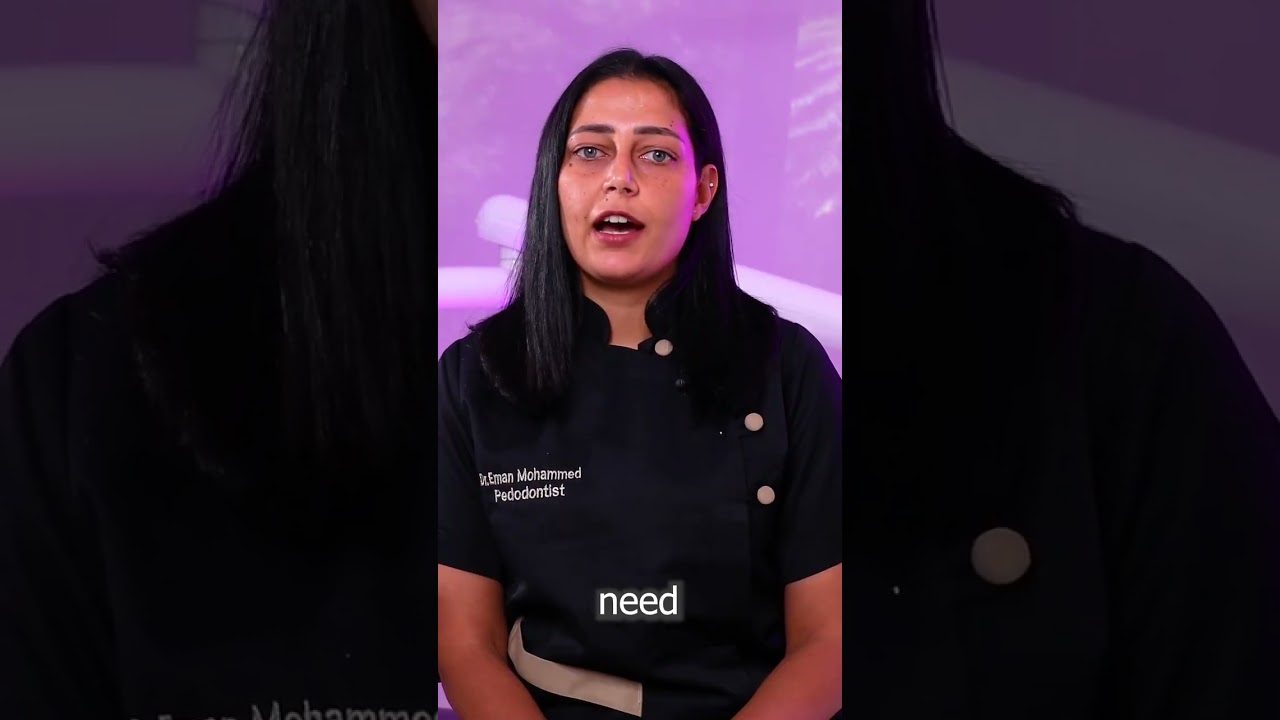Kids dental health is a critical part of a child’s overall well-being. From the appearance of the first baby tooth to the eruption of permanent teeth, children’s oral health requires specialized attention, guidance, and care. This guide explores how pediatric dental care sets the foundation for healthy, confident smiles that last a lifetime read more.

The Significance of Pediatric Dental Care
Pediatric dentistry goes beyond routine check-ups. It’s a comprehensive discipline focused on promoting oral health in children through education, prevention, and early intervention.
Why Choose a Child Dental Specialist
A child dental specialist, also known as a pediatric dentist, undergoes additional training to treat infants, children, and adolescents. These professionals understand the unique needs of growing mouths and help children develop trust and comfort during dental visits.
Early Habits Shape Future Health
Establishing good oral care practices in early childhood significantly impacts long-term dental outcomes. Kids who learn to brush and floss properly are less likely to experience cavities and gum disease later in life.
First Dental Visit: When and What to Expect
Experts recommend scheduling a child’s first dental visit by their first birthday or within six months of the first tooth erupting. This visit builds familiarity with the dental environment and allows early detection of any potential concerns.
Creating a Positive First Experience
Pediatric dental offices are typically designed with children in mind—bright colors, playful themes, and friendly staff all contribute to a stress-free experience. These early visits focus on comfort, education, and building trust.
Daily children oral hygiene
Maintaining daily hygiene is at the core of kids dental health. Teaching children proper techniques early ensures that brushing and flossing become life-long habits.
Toothbrushing Techniques for Different Ages
For babies, a soft damp cloth or silicone finger brush is ideal. Toddlers can begin using a small soft-bristled toothbrush with fluoride toothpaste. Supervision is necessary until the child can effectively brush independently.
Importance of Flossing
Flossing helps remove plaque and food particles between teeth where a toothbrush can’t reach. Starting early prevents cavities in between teeth, which are common in children.
Nutrition’s Impact on Kids Dental Health
A balanced diet supports healthy teeth. Excessive sugar consumption is one of the biggest risk factors for childhood tooth decay.
Best Foods for Healthy Teeth
Encourage children to eat crunchy fruits, leafy greens, dairy products, and lean proteins. These foods not only nourish the body but also protect tooth enamel and reduce cavity risk.
What to Avoid
Limit sticky snacks, sugary drinks, and frequent snacking. Even “healthy” juices can erode enamel if consumed excessively.
Common Pediatric Dental Problems
Understanding common issues in children’s oral health helps parents prevent and address problems before they escalate.
Tooth Decay in Children
Tooth decay, also called early childhood caries, is the most prevalent chronic disease among children. Regular check-ups and good hygiene are essential to prevent it.
Gum Disease and Inflammation
Though rare in young children, gum disease can occur due to poor hygiene. Swollen or bleeding gums may indicate a need for better brushing or a professional cleaning.
Thumb Sucking and Pacifier Use
Prolonged thumb sucking or pacifier use can affect bite alignment. Dentists can provide strategies to help children break these habits.
Preventive Pediatric Dental Treatments
Prevention is better than cure, especially in pediatric dentistry. Several treatments help guard against decay and misalignment.
Dental Sealants
Sealants are a protective coating applied to molars to prevent cavities. They are especially effective in children who are still learning proper brushing habits.
Fluoride Treatments
Fluoride strengthens tooth enamel, making it more resistant to decay. Professional fluoride applications are quick, painless, and highly beneficial.
Managing Dental Emergencies in Children: A Guide to Kids Dental Health
Children are active and accidents can happen. Knowing how to respond to dental emergencies is essential.
Knocked-Out Tooth
If a permanent tooth is knocked out, try to reinsert it gently or place it in milk and visit a dentist immediately. For baby teeth, contact the dentist to evaluate damage.
Toothaches and Sensitivity
Persistent pain may indicate infection, decay, or injury. Immediate evaluation by a child dental specialist is recommended.
Role of Parents in Supporting Oral Health
Parental involvement is key to ensuring children develop strong dental habits.
Supervised Brushing
Parents should supervise brushing until at least age 7. This ensures correct technique and sufficient cleaning time.
Regular Dental Visits
Consistency with check-ups every six months builds familiarity and helps maintain healthy teeth and gums.
Special Considerations: Children with Disabilities
Children with special healthcare needs require individualized care plans and additional support.
Tailored Treatment Plans
Pediatric dentists work closely with caregivers to create comfortable, effective treatment strategies that accommodate each child’s unique needs.
Accessibility in Pediatric Clinics
Clinics designed with ramps, sensory-friendly rooms, and experienced staff ensure every child receives the care they deserve.
Teething and Oral Development
Teething is a natural milestone that comes with discomfort and drooling.
How to Manage Teething Symptoms
Teething rings, gentle gum massage, and chilled (not frozen) teething toys can help ease discomfort.
Monitoring Eruption Patterns
Regular dental visits help ensure teeth erupt on schedule and in proper alignment.
Orthodontic Evaluation and Timing
Orthodontic concerns can often be identified early, even before all permanent teeth come in.
Signs to Watch For
Crowded teeth, difficulty chewing, and mouth breathing may indicate the need for orthodontic evaluation.
When to See an Orthodontist
Most children benefit from an evaluation by age 7, allowing early interventions that may reduce the need for more complex treatments later.
Modern Technologies in Pediatric Dentistry
Advancements make dental visits safer, faster, and more comfortable for children.
Digital X-rays
These provide detailed images with minimal radiation, improving diagnostic accuracy.
Intraoral Cameras
Small cameras let dentists and parents see what’s happening inside the child’s mouth in real time.
Laser Treatments
Used for soft tissue procedures, lasers offer a pain-free experience with quick recovery.
Community Education and Outreach
Pediatric dentists often engage in school visits and public awareness programs.
School Dental Programs
In-school screenings, fluoride applications, and hygiene workshops increase access to care and promote awareness.
Parental Workshops
Educational sessions help parents understand developmental milestones and preventive care practices.
The Long-Term Benefits of Early Dental Care
Starting dental care young sets the stage for a lifetime of healthy habits and strong teeth.
Confidence Through Healthy Smiles
Children with good oral health tend to smile more and develop better social and emotional skills.
Reduced Risk of Complications
Proactive care in childhood prevents costly, complex dental procedures in adulthood.
External Supporting Link:
pediatricdentalcenter.com

